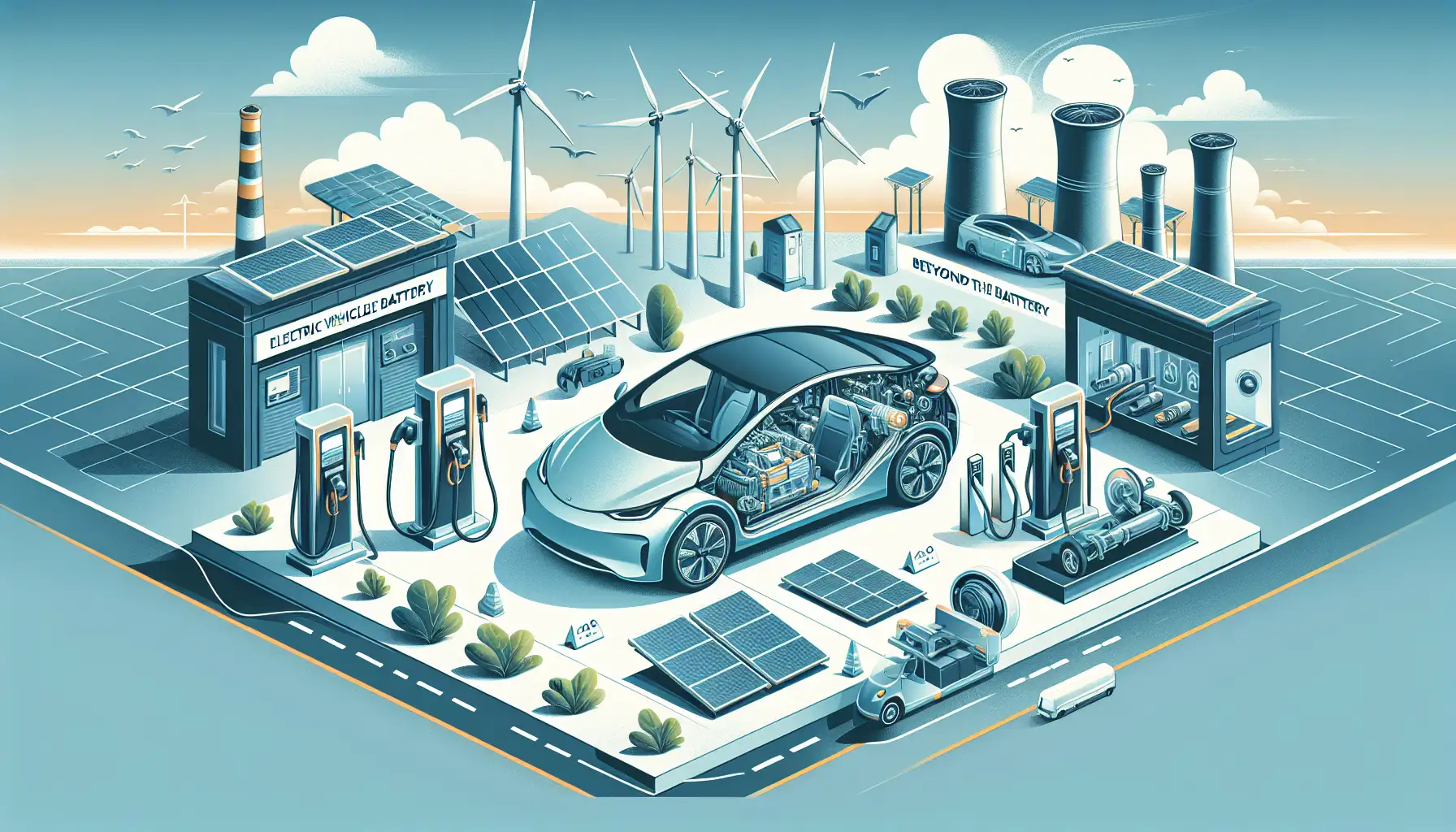Electric Vehicle Innovations Beyond the Battery
Exploring Technological Advancements in Electric Motors, Charging Infrastructure, and Energy Recovery Systems

As the world shifts towards sustainable transportation, electric vehicles (EVs) are at the forefront of this revolution. While much attention is given to battery technology, there are other critical innovations driving the EV industry forward. This article explores advancements in electric motors, charging infrastructure, and energy recovery systems, providing a comprehensive understanding for potential EV buyers.
Advancements in Electric Motors
Electric motors are the heart of any EV, converting electrical energy into mechanical energy to propel the vehicle. Recent innovations have significantly improved their efficiency and performance.
Permanent Magnet Motors
Permanent magnet motors are becoming increasingly popular due to their high efficiency and power density. These motors use rare-earth magnets to create a constant magnetic field, reducing energy loss and improving performance. Companies like Tesla have adopted this technology to enhance their vehicles' range and acceleration.
Induction Motors
Induction motors, known for their robustness and reliability, are also seeing improvements. Innovations in materials and design have led to lighter and more efficient motors, which are crucial for reducing the overall weight of EVs and increasing their range.
Charging Infrastructure Developments
Charging infrastructure is a critical component of the EV ecosystem. Recent advancements aim to make charging faster, more accessible, and more convenient for users.
Ultra-Fast Charging Stations
Ultra-fast charging stations are being deployed worldwide, significantly reducing the time it takes to charge an EV. These stations can charge a vehicle to 80% in as little as 20 minutes, making long-distance travel more feasible.
Wireless Charging
Wireless charging technology is another exciting development. By using electromagnetic fields to transfer energy between a charging pad and the vehicle, this technology offers a convenient, cable-free charging experience. Although still in its early stages, it holds great promise for the future of EV charging.
Energy Recovery Systems
Energy recovery systems are designed to capture and reuse energy that would otherwise be lost, improving the efficiency and range of EVs.
Regenerative Braking
Regenerative braking is a well-known energy recovery system that converts kinetic energy into electrical energy during braking. This energy is then stored in the battery, extending the vehicle's range. Recent advancements have made regenerative braking systems more efficient and responsive, enhancing the driving experience.
Heat Recovery Systems
Heat recovery systems capture waste heat from the vehicle's components and use it to warm the cabin or preheat the battery. This not only improves passenger comfort but also enhances battery efficiency, especially in colder climates.
Conclusion
While battery technology remains a crucial aspect of electric vehicles, innovations in electric motors, charging infrastructure, and energy recovery systems are equally important. These advancements are making EVs more efficient, convenient, and appealing to a broader audience. As these technologies continue to evolve, they will play a vital role in the widespread adoption of electric vehicles, paving the way for a more sustainable future.
 CarChooser
CarChooser